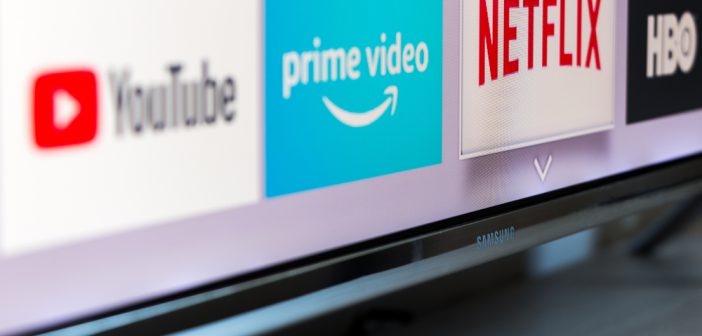The recent Thinkbox/MTM event, ‘The Age of Television’, provided new insight and a comprehensive view of the changing TV landscape. The Age of Television arrived amid a volatile period for viewing of the good old tellybox, so it could not have been better timed. The study identified eight key ‘need states’ which people watch TV and video to satisfy. These need states include ‘Unwind’ and ‘Distract’, which equate to 44% of total viewing time down. ‘Escape’ and ‘Do’, totalling 9%, are inevitably fuelled by the increased speed of connectivity, the increased penetration of multiple device ownership and of course more choice than ever before.
The consistent theme for each of these need states is the amount of time people now spend watching Live TV vs. Catch-up or Streaming Video on Demand (SVOD) services such as Netflix. In truth, this should not really be of any surprise as Sky look to upgrade its customer base to Sky IQ or manage churn by pushing contract customers through to NOW TV. These services are designed to help Sky compete with the SVOD behemoths in Netflix & Amazon by focusing on giving viewers the choice to self-schedule.
With these SVOD services now in c. 45% of all UK homes, the competition for eyeballs has never been greater. Unfortunately for advertisers, Netflix and Amazon do not currently provide advertising opportunities, and viewing to NOW TV is not captured via the Broadcasters Audience Research Board (BARB). To compound matters there are now 2.2m people who no longer own a TV. To put this into context this is bigger than the population of Greater Manchester. This startling statistic supports the findings of The Age of Television on how people are choosing to watch their favourite programmes within each of their need states. This is further evidenced by the breakdown of viewing for water cooler drama’s, such as WestWorld, where up to 3x as many people choose to watch an each episode on demand rather than at the weekly scheduled time. ITV’s Love Island, which would clearly fall into the ‘Experience’ need state, where people need to ‘watch live, to feel part of a shared viewing experience so that they can participate in a wider social conversation’, saw catch-up audiences at 2.2m per episode – and those choosing to live stream at a further 1.1m.
The net effect of this is a reduction in the supply of viewing in the linear sense. As you would expect, this is more marked for the younger audiences where self-scheduling is becoming the default viewing behaviour. We have seen this change in consumer behaviour manifest itself in some volatile linear viewing levels over the last three months. This has created an audience led inflation that the TV market has not experienced since before the analogue to digital switchover, brought by a multitude of new free to air channels to the masses. As a country, we are not watching less ‘TV’ but are just choosing to watch TV content in a different way, and as The Age of Television identifies, we are watching it to satisfy very defined need states.



